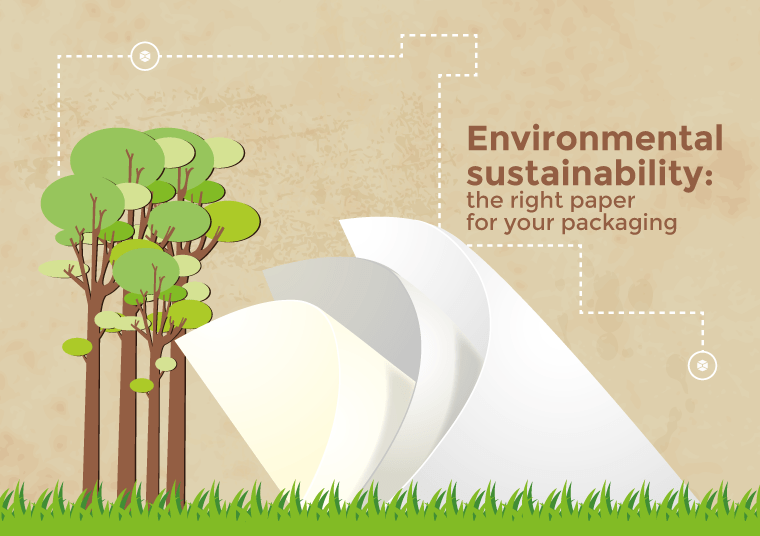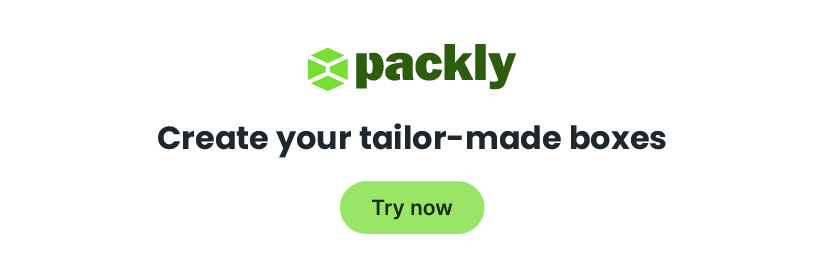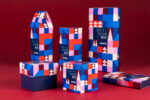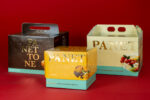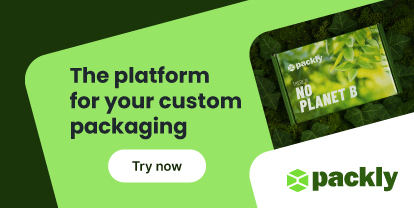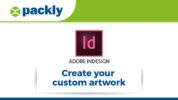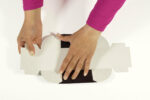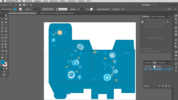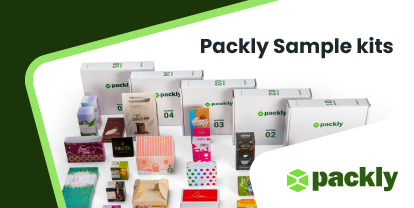While designing a packaging, or any kind of product, it is very important to focus on the material to choose. In fact, it is a fundamental step that has an influence, more or less directly, on technical and structural features of the final product.
Nowadays every designer should take into consideration not only technical characteristics of the material, essential to ensure the correct functionality of the product, but all concerning the environmental impact as well. Using raw materials responsible for pollution, hardly to dispose of or composed of toxic waste, is highly dangerous both for the environment and the whole ecosystem.
Environmental sustainability for packaging design
Often, regarding packaging design, most of people associates the idea of environmental sustainability only to the recycled paperboard. But it is not the only way: using recycled paperboard is just one of the many possibilities you may have.
On the market there are different kinds of paperboard realised by focusing on the environmental preservation: the sustainable virgin paperboard and the ecological papers.
The three typologies described below will help you to consciously choose the raw materials to use for an eco-friendly custom packaging!
Virgin fibre paperboard
This kind of material is totally realised with virgin wood fibre, which has never been used before for producing cellulose, paper or cardboard. They are all about pure paperboards indeed and, compared with the others, are characterised by higher quality both regarding the migration (transfer of substances from packing to packagings) and the easiness to be machined. That’s why they are the most recommended in the food industry, especially for direct food contact.
Sustainable virgin fibre paperboards, FSC® certified, are produced with wood originated from responsibly managed forests according to environmental, economic and social international standards. Iggesund Invercote Creato paperboard used by Packly to create custom packaging refers to this category.
Virgin fibre is also defined primary fibre and you can always find it, at a certain percentage, inside any kind of recycled paper.
Recycled paper
Material mostly made of recyclable fibres (pulp paper) picked and reused as raw material together with a specific quantity of virgin fibres. Pulp papers are less good and are most subjected to migration compared to the virgin fibre ones, that’s why they are usually used in sectors different from the food one.
Recycled paper can be divided based on its quality and provenience: from trimming of virgin wood pulp to printing paper, to cardboard packages, to office wastes and paper and cardboard mix.
This kind of paper can be reused more times to produce new paper material, not endlessly of course.
The cost of raw recycled material is much lower than the ones of virgin fibres, but unfortunately it is difficult to have a guarantee about its provenience.
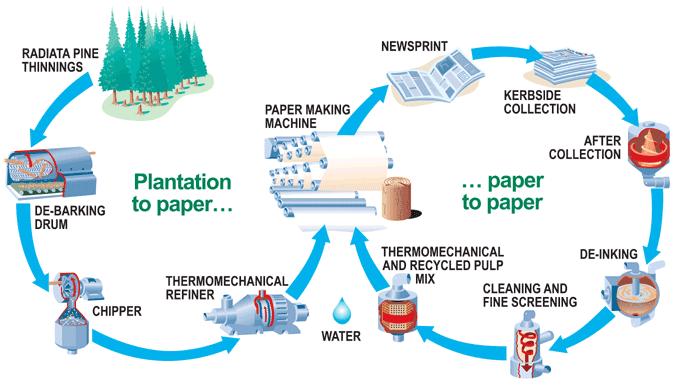
Ecological paper
All the papers exclusively produced with raw materials coming from sustainable sources, worked and finished without using any polluting substances (eg. bleached without chlorine) are defined as ecological.
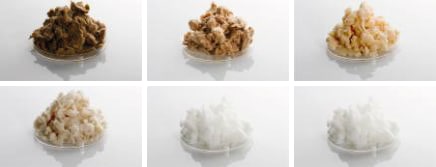
The three kinds of paper above described, if properly used, can largely reduce the environmental impact of your custom boxes. Always keep in mind that the right material and a conscious design of the entire product, referring to its functionality as well, can be the difference for the environmental sustainability.
What’s next?
As already shown in the blog post “The most loved packaging by consumers? The eco-friendly one!”, one of the most popular design trends that will take over in the packaging industry will be about creating multipurpose packagings that, once they fulfilled their role as a primary package, turn into new products, with a different function and, so, zero impact.
A real interesting solution, don’t you think?
